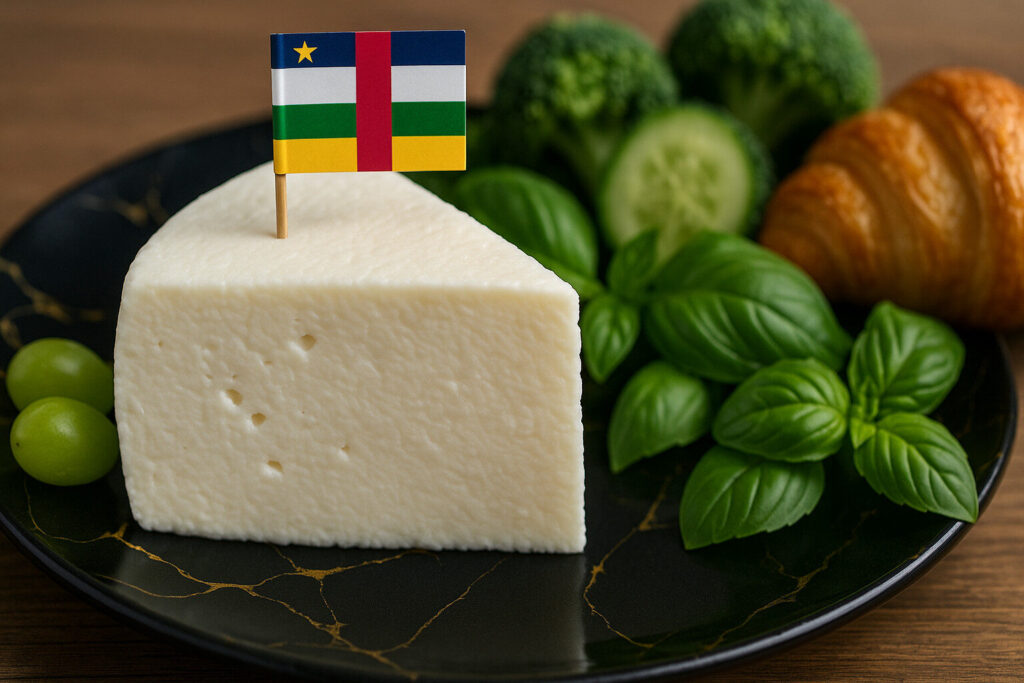Cheese Of Central African Republic
Cheese in Central African Republic
Cheese production in the Central African Republic is limited but includes traditional methods adapted to local conditions. These methods often involve spontaneous fermentation of milk from cattle, goats, or sheep. The resulting cheeses are typically fresh, non-aged varieties due to climatic constraints and limited refrigeration.
Local cheese styles are artisanal and not widely documented in global cheese taxonomy. They serve as important protein sources and are integrated into rural subsistence economies. These products reflect the pastoral traditions of ethnic groups like the Fulani, who manage dairy herds in the region.
Production Techniques
Traditional cheese production relies on natural lactic acid fermentation without commercial starter cultures. Milk is often curdled using plant-based coagulants from local trees like the Sodom apple. The process typically occurs in calabashes or simple containers, with whey drained through woven baskets.
Production is seasonal, corresponding to rainfall patterns that affect milk availability. Most cheeses are consumed within days of production due to high temperatures and lack of preservation infrastructure. Smoking is occasionally used to extend shelf life, creating lightly smoked variants.
Sensory Profile
Central African cheeses generally present mild lactic acidity and earthy notes. Their texture ranges from soft and crumbly to slightly rubbery depending on processing techniques. The flavor profile is subtly tangy with herbal undertones from plant-based coagulants.
These cheeses typically have high moisture content and minimal salt incorporation. They lack the complex flavor development of aged cheeses due to immediate consumption. The color varies from pure white to off-white, reflecting the diet of the source animals.
Culinary Applications
Traditional cheeses are primarily consumed fresh as standalone protein sources or crumbled over staple foods. They commonly accompany cassava, plantains, and millet-based dishes. In urban areas, they may be incorporated into sandwiches or salads as dairy alternatives.
Some communities use cheese as ingredient in sauces and stews to enhance nutritional value. The mild flavor makes it versatile for combining with spicy pepper sauces common in Central African cuisine. It rarely features in melted applications due to its fresh nature.
Regional Context
Cheese production concentrates in pastoral regions like the northern prefectures where cattle husbandry prevails. The Ouham-Pendé and Vakaga regions show the most developed traditional cheese-making practices. These areas have higher concentrations of Fulani herders who maintain dairy traditions.
Production remains localized with minimal inter-regional trade due to perishability. There are no protected designation of origin systems for Central African cheeses. The styles represent adaptations to tropical conditions rather than formal cheese categories recognized internationally.




